SARAS organized a discussion on Environmental Humanities
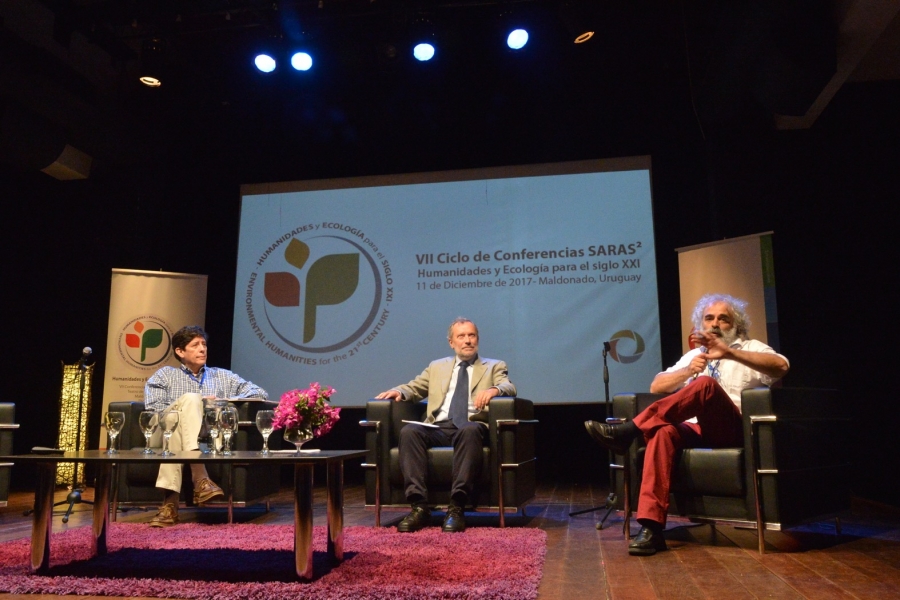
Last Monday December 11, the South American Institute for Resilience and Sustainability Studies (SARAS) organized the seventh of a series of conferences titled on this occasion “Enviromental Humanities for the 21st Century”. The Conference held at the Casa de la Cultura in Maldonado, Uruguay, counted on the participation of notable scholars from different fields who discussed the synergy that exists between visual arts, ethics, and how it relates to the development of ecological awareness.
The renowned guest speakers included Eduardo Gudynas, from the Latin American Center for Social Ecology (Centro Latinoamericano de Ecología Social or CLAES in Spanish); Jorge Marcone from Rutgers, the State University of New Jersey and a member of SARAS; Mark Anderson from the University of Georgia; Ana Solari, author and writer of El Señor Fischer; Rachel Price from Princeton University, and Leandro Delgado from the Catholic University of Uruguay (Universidad Católica del Uruguay), among others. The diversity and plurality of voices and areas of expertise represented in this event were a valuable contribution to the conference objectives and those of the environmental humanities in general.
Eduardo Gudynas was the first speaker with his dissertation titled “Society and Environment. Humanities and Naturalities”. His presentation raised many questions discussed during later panel sessions. According to Eduardo Gudynas, human beings must achieve an “understanding of local and global nature” if they are to leave behind “the petulance” evoked in human belief that humans can “manage and administer nature”. In that sense, he maintained that “there is a belief that we can hold wild animals in the palm of our hand because we can see them in zoos or in television documentaries”.
He said that, “we must address several urgent matters in order to deal with environmental issues” such as “there is no such thing as the separation of social and environmental, instead they overlap”. “According to western discourse, the value (of resources) is economic”.
“The task of recent years requires humility to understand that there are other different worlds. It’s imperative because we have to trace all the possibilities of development”, according to the specialist. Eduardo Gudynas´ presentation was followed by panels on such topics as film, visual arts, painting and literature, evidently as they relate to ecology.
The speakers brought up a wide variety of topics. For example, George Handley from Brigham Young University in his presentation titled “Religion, Climate Change and Post-Secularism in the Environmental Humanities” discussed one of the Conference’s central themes, which has to do with a cosmovision. Professor Handley was very emphatic in stating that one can “put the climate at risk” by thinking that “it’s more important to establish the right cosmovision” than “to collaborate among the diverse world cosmovisions”. In this sense, he pointed out that “climate change requires that we learn to think from multiple perspectives” and requires “action on the part of each area and each person”. For this reason, he exhorted “to implement various discourses”.Jorge Marcone, in relation to the issues raised by Professor Handley, referred to James Cameron’s film “Avatar”, which criticized the role of the white man as savior in the film and regrets “that it’s a figure that indirectly diminishes the competence and intelligence of indigenous leaders.”
Another very interesting presentation was that of Victor Vich, from the Pontificia Universidad Catolica del Peru. The speaker described the Plantón Mobile, a movement that already organized four plant and flower street marches in favor of a more dignified life for plants and flowers. According to the speaker, “The Plantón Mobile march deconstructs the modern position between nature and culture, and generates a new articulation between humans and plants”, from the questioning of “that basic division of modern thought”. According to the specialist, who received several questions regarding the Plantón Mobile and its objective, “The intervention is like all interventions in a social context, but it does not take away the symbolism and its contribution to the construction of a file that has to function as an image for the future,” because “We can’t measure the impact of art in the present”.
Mirian Carballo from the Universidad Nacional Argentina, focused on a strictly literary analysis and referred to the dystopian novel by Paul Potkin titled A Radiant Future, in which “urban environmental catastrophes lead the society of Buenos Aires to the law of the jungle”. She said the book represents “social decomposition as a result of human failure that causes the chemical explosions” and said it projects an “undesirable society”.
Also during the literary presentations, Ana Solari said that she” does not write about the environment, instead it’s the environment that gets involved “in what she writes.
The words and sensations described by Jorge Marcone after the event are well worth highlighting. The specialist considered that “there are many expectations of what art and literature can do for sustainability and resilience,” however “I’m not really sure that artists, writers and litterateurs always understand the expectations others have of them, or that they are willing to assume that responsibility”.
In that sense, Professor Marcone called on everyone to continue working on this topic and said he believes that “It’s a project that will continue because the solutions are not going to come from only one place. The solutions have to be according to the peculiarities of the people and where people live.”
To access live streaming please click here

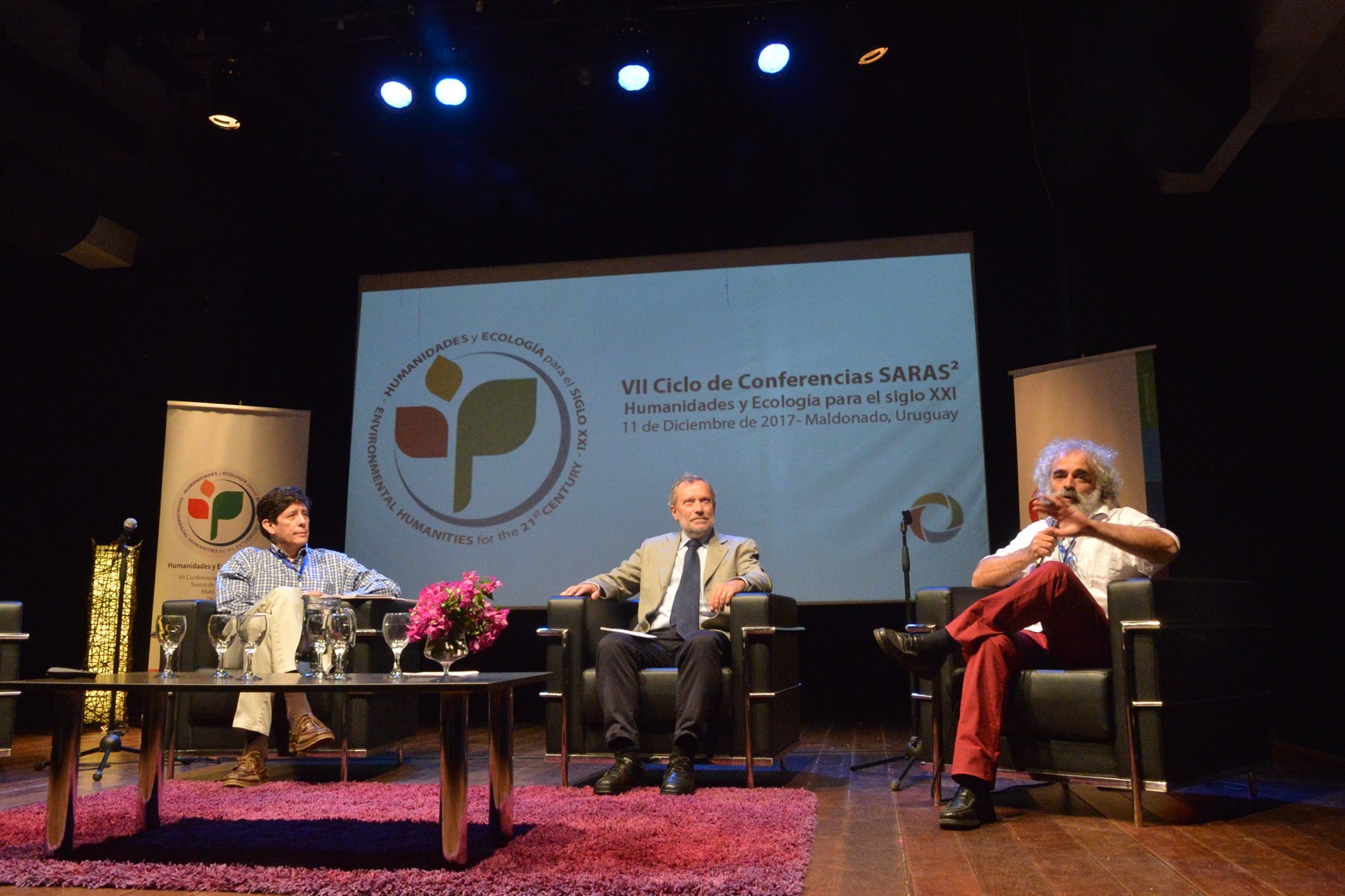
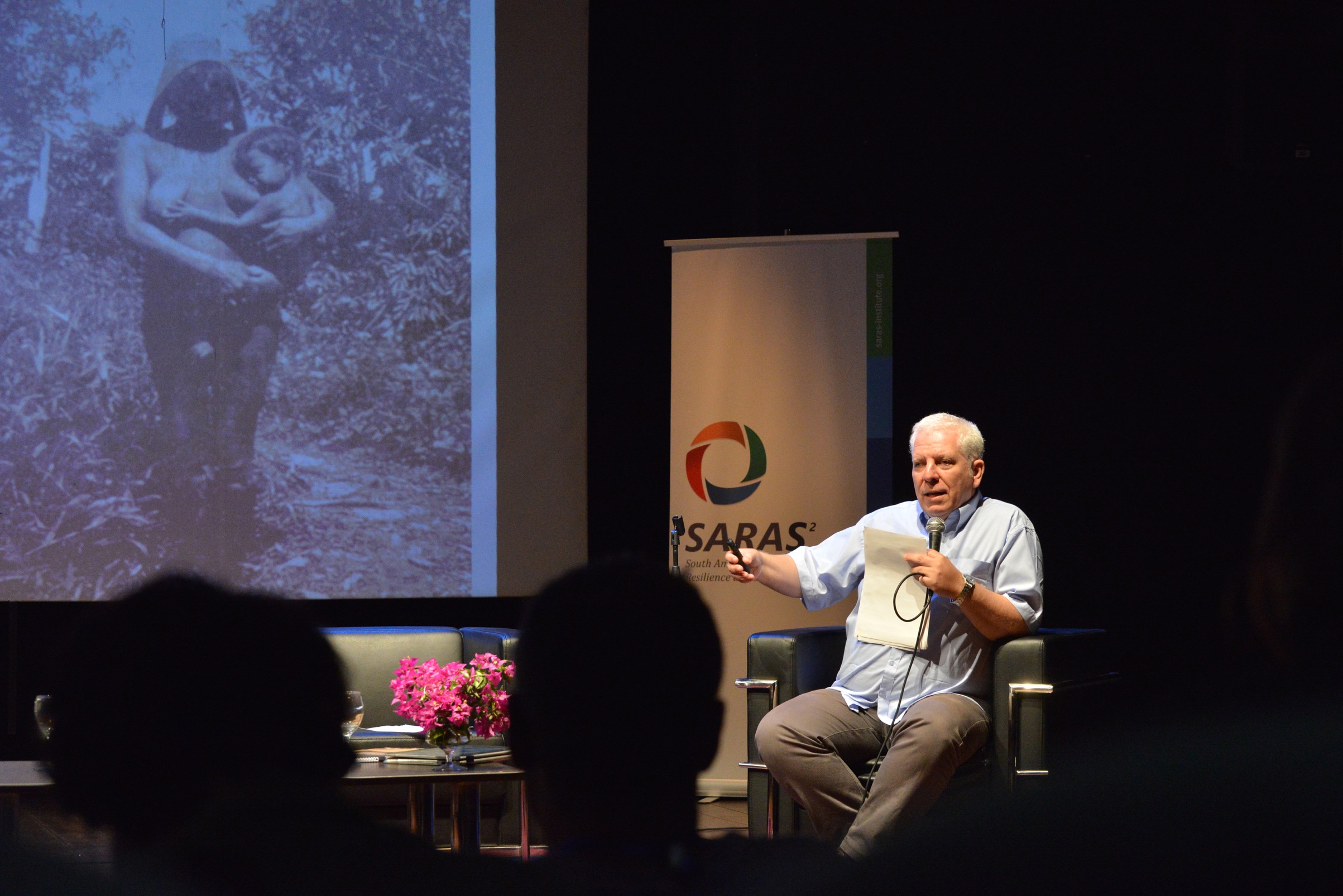
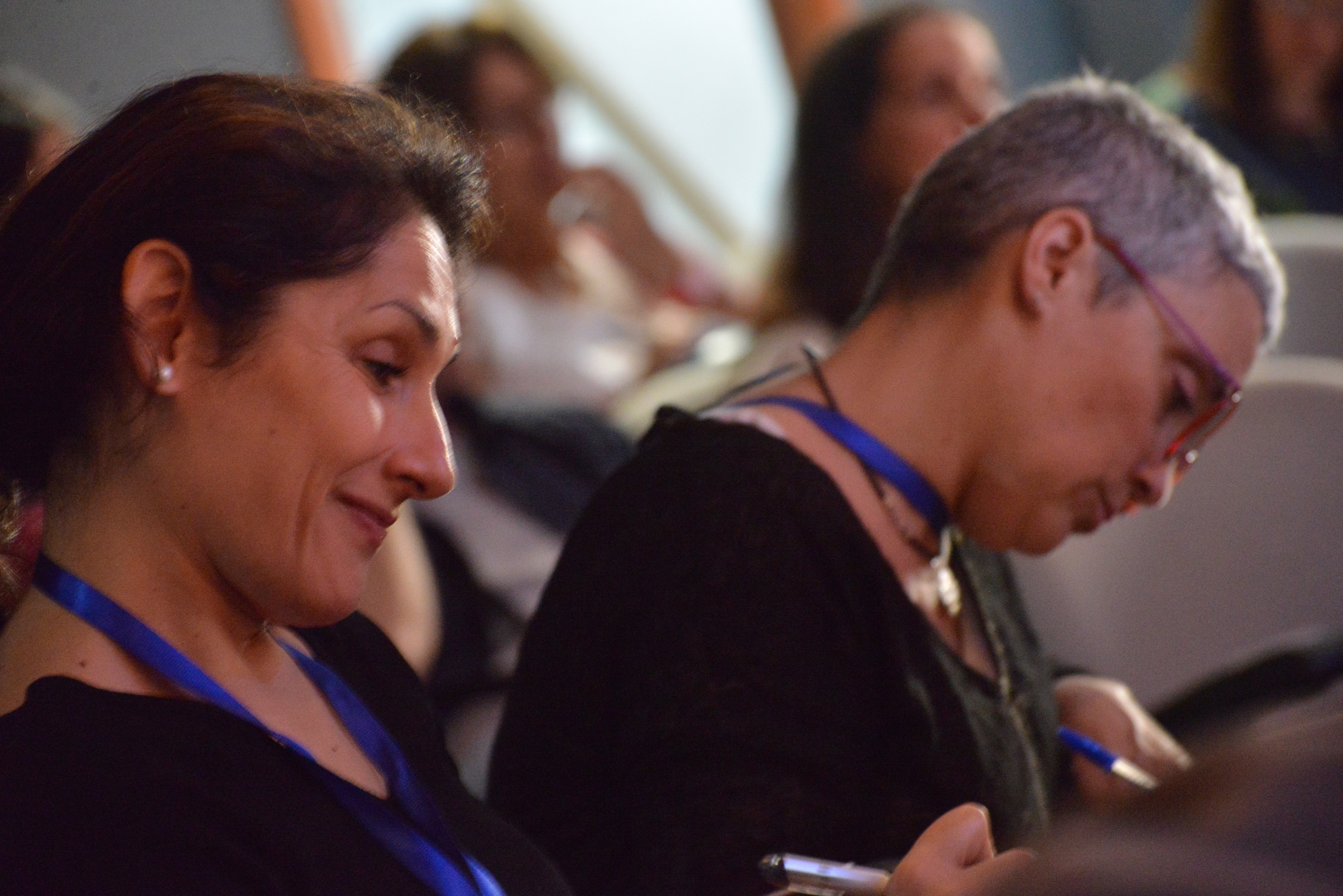
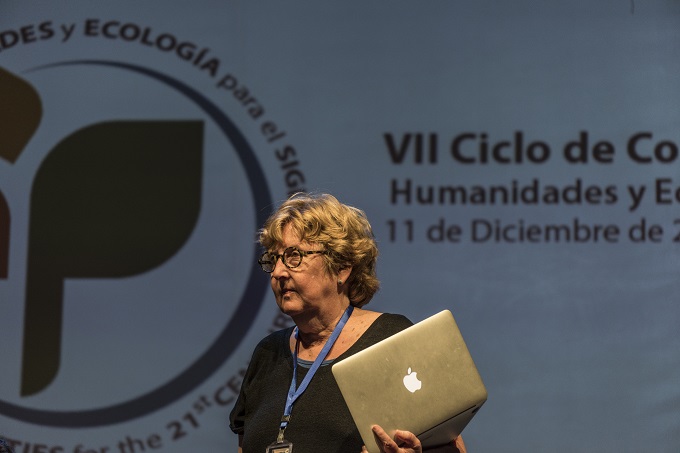
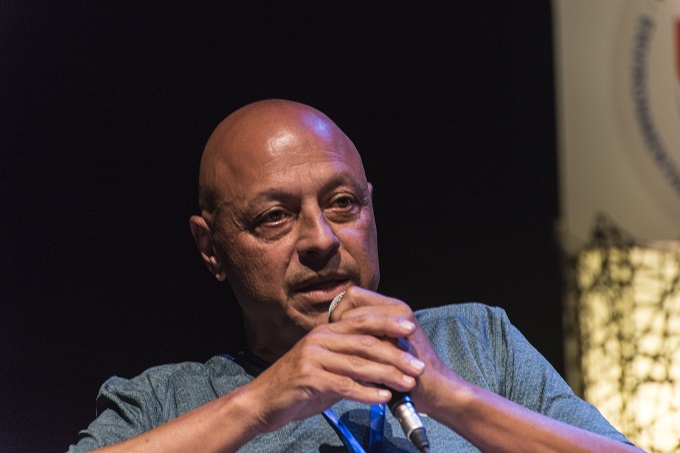
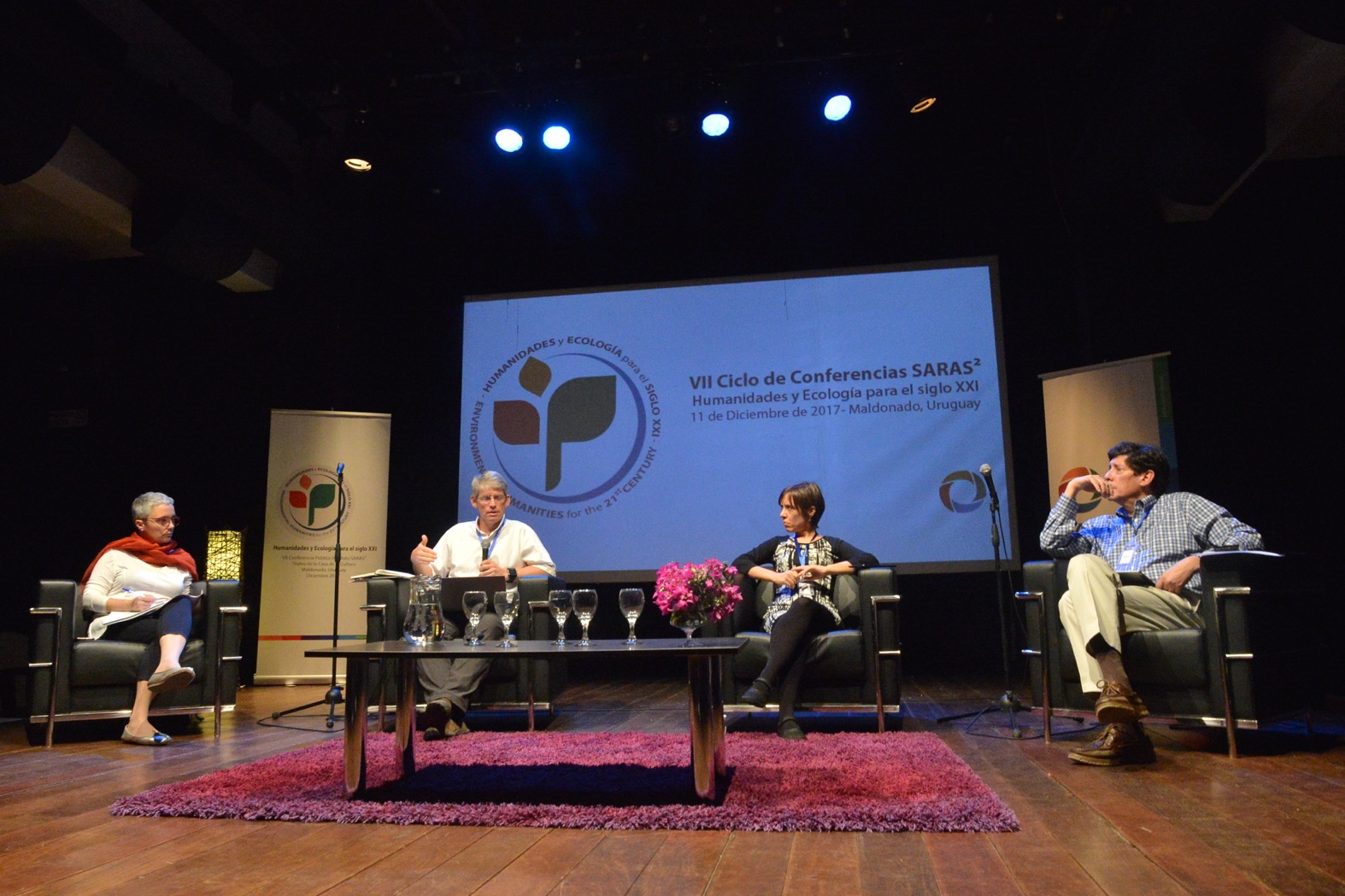
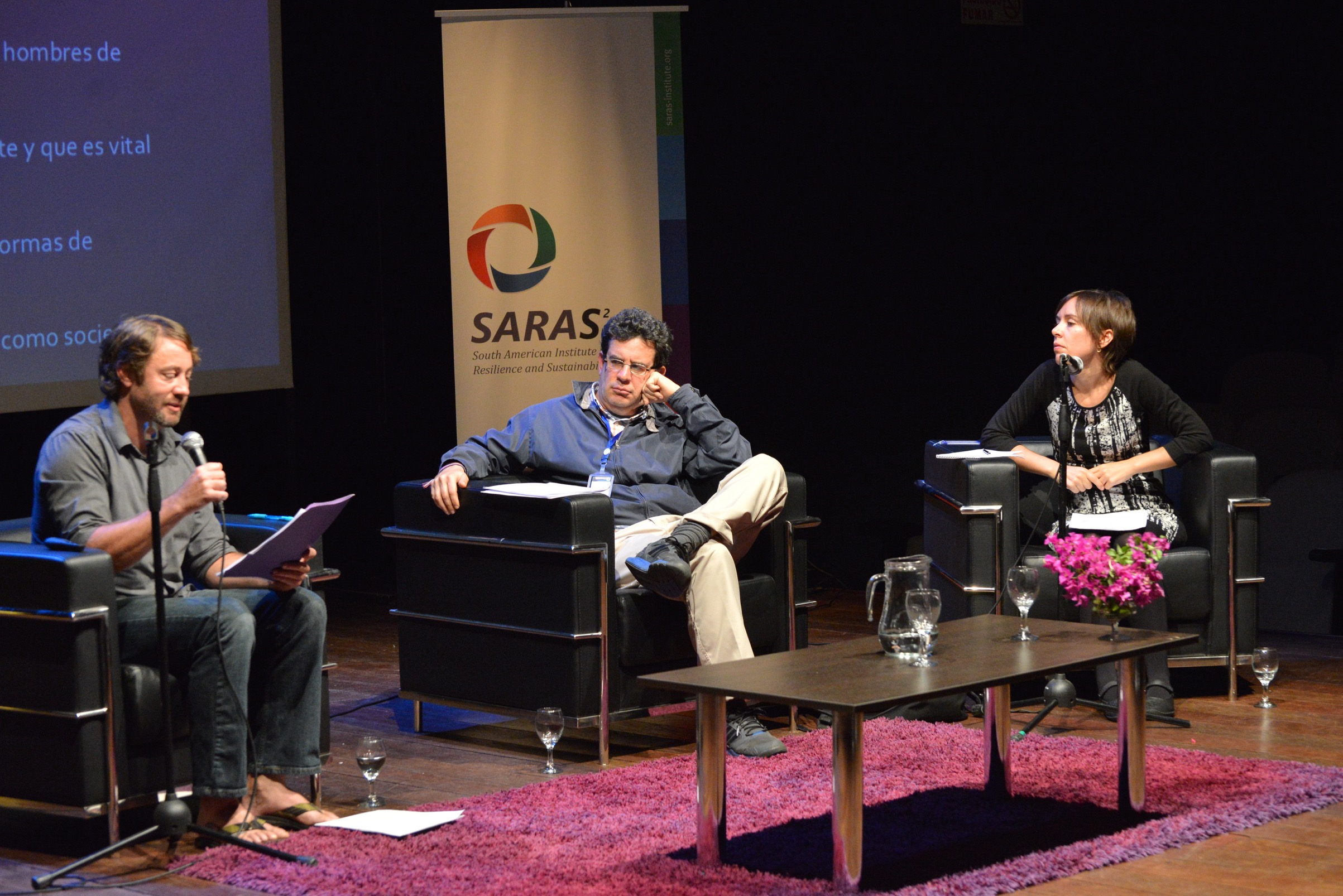
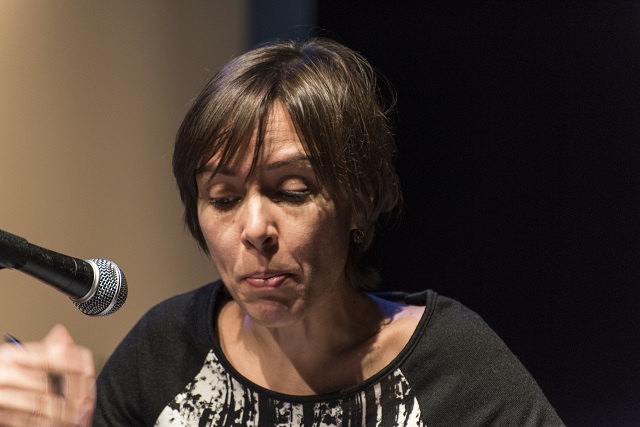
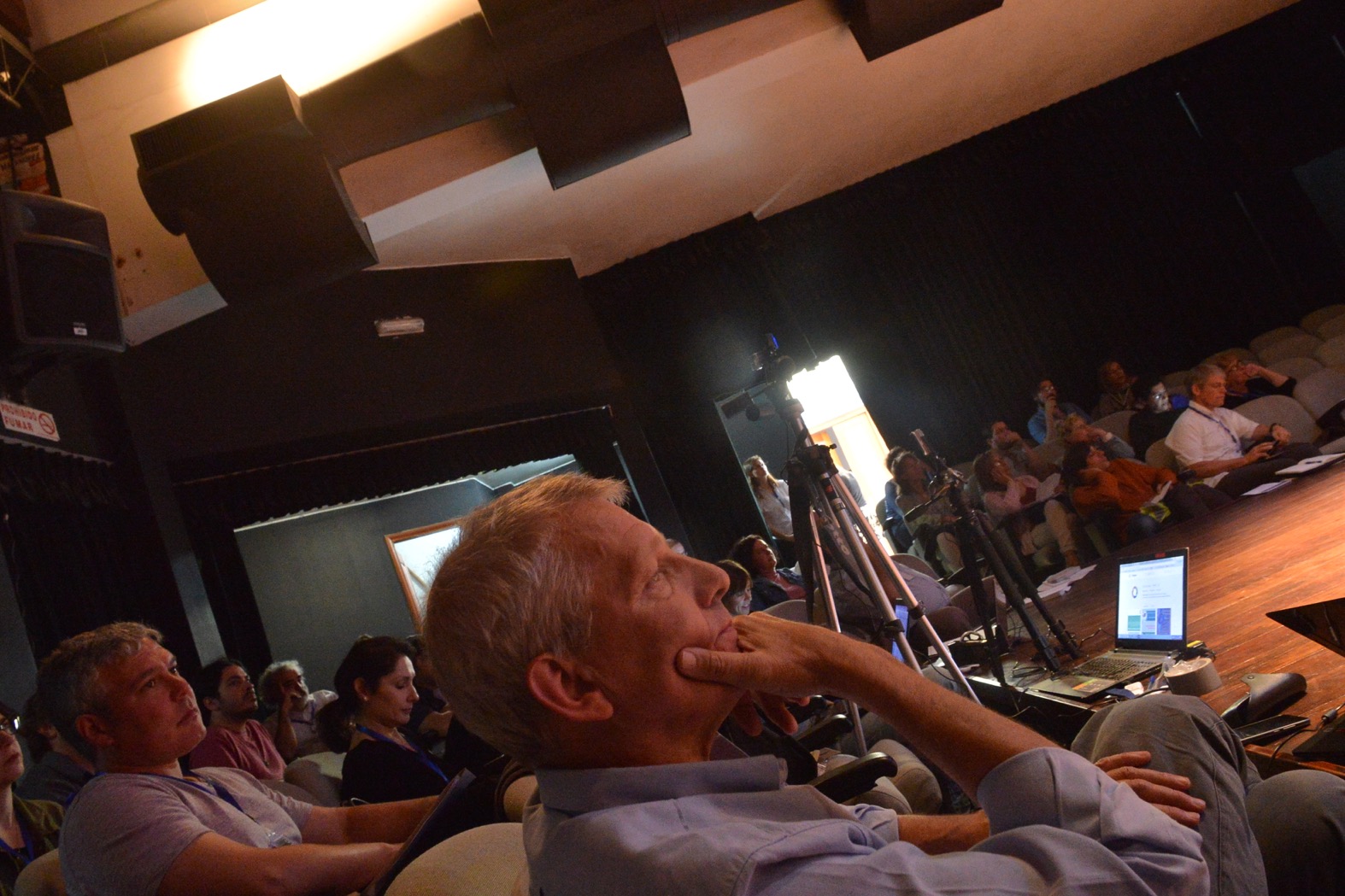
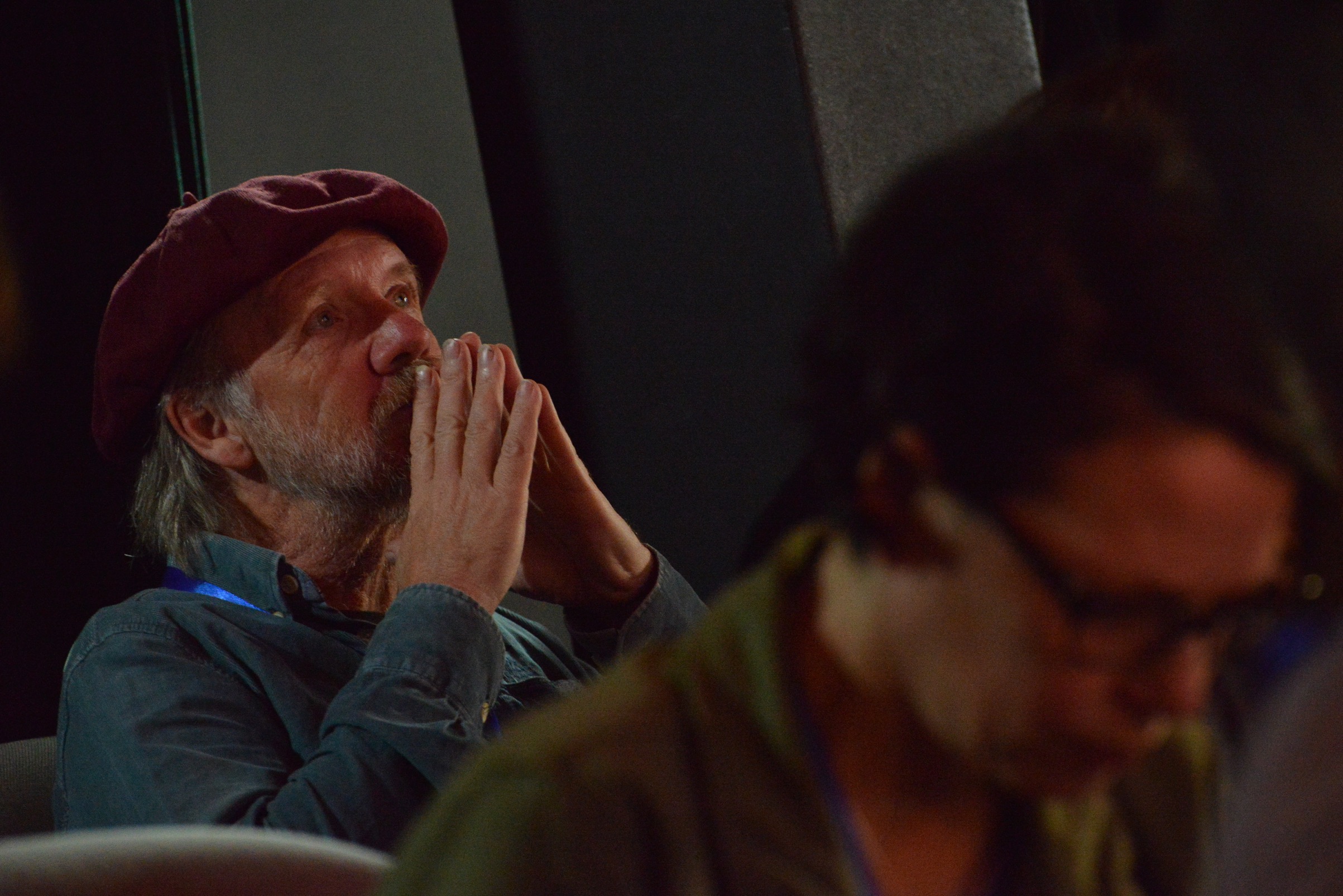
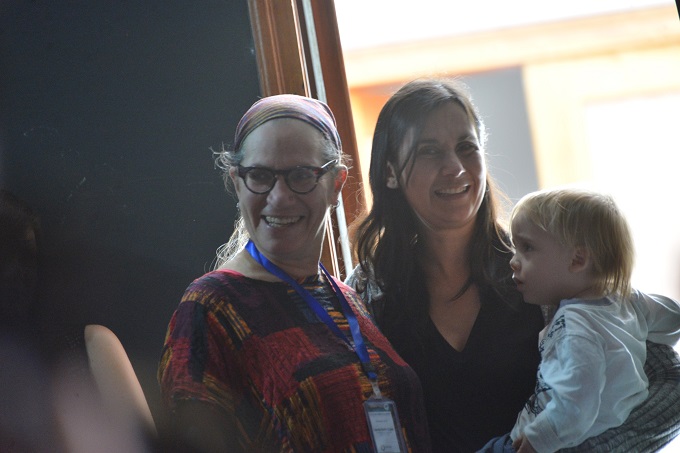
Photographs: Gabriela Oxilia and Hugo Inda
